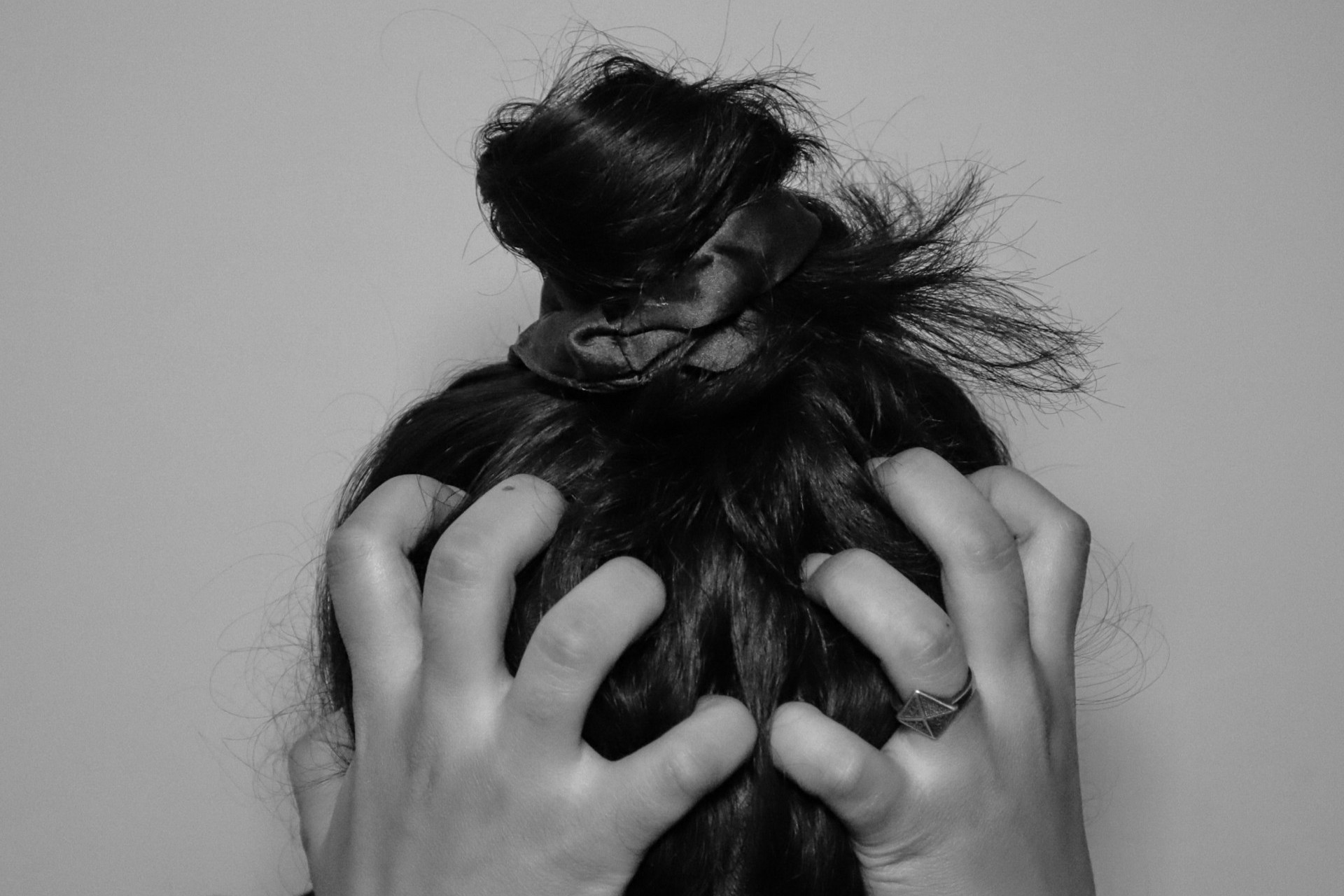Understanding Self-injury in Children
What is self-injury?
Self-injury is where someone injures or hurts themselves on purpose whilst trying to deal with intense, distressing and intrusive thoughts. They may feel numb and hurt themselves in order to feel something, anything. This behaviour can be incredibly worrying for all those involved. The important thing to remember is that you are not alone. Many young people will go through difficult times and whilst some will go through this, many will come out the other side with healthier ways to manage their emotions and cope with difficult feelings.
Self-injury and suicide rates have been increasing among adolescents since 2009 according to psychologist Kristen Eastman, PsyD. Nobody knows for sure why this is, but there are likely a number of contributing factors. Possible explanations include increased economic pressure on families, more stress on teenagers, increased access to technology and problematic phone use that contributes to depressed mood, and cyberbullying. It’s also possible that teenagers are simply reporting self-harm more often than they used to.
Self-harm can take many forms; cutting, biting, pulling hair from the body (head, eyebrows, eyelashes), burning, scratching, hitting, banging the head or other parts of the body against the solid objects or inserting objects into the body. If you suspect a family member or friend is hurting themselves, or if you’re engaging in these behaviours, it is important to get any wounds checked and seek medical attention if needed. It is also a good step to have an honest conversation about safety if they are engaging with cutting behaviours.
Recognising if someone is engaging in self-harm.
If you notice signs a young person is self-harming, it may indicate something in their life is not quite right. They may be dealing with too much and be feeling overwhelmed. There are a few signs to look out for:
The young person may have noticeable injuries or multiple marks on the skin and these injuries may be in close proximity or they may not be able to explain them. They may also be hiding the skin and avoiding showing certain parts of the body, i.e. long sleeves on hot days. You may also notice a shift of behaviour, where the individual appears more anxious or depressed and more isolated than before. The individual may also have a fascination with self-injury, watching videos or seeking out content online.
It’s a short term relief.
Self-harm may release those initial tensions; however, it only provides temporary relief. The feeling will return and the urge to self-harm will return, a cycle is then created. As this cycle continues, the young person self-harming may start to feel ashamed or embarrassed about the fact they are self-harming and then this will increase their anxiety and stress levels, further adding to the pressure of what they are already going through.
When talking to young people about their self-harm, please remember that it is not for attention seeking. Often, it is their way of letting out some pain and manage difficult emotions or situations. Ensure the child knows you still love and care for them, listen to them and offer reassurance. Saying things like ‘we will work on this together’ and ‘I see you are in pain, and want to help’ can be helpful.
Some things that are not so helpful and may add even more pressure includes forcing your child to talk when they are not ready. You should also try to avoid minimising their feelings or brushing off the behaviour, by saying things like ‘you will grow out of it’. Finally, putting too much pressure on them to stop, this could make the young person even more stressed.
There are ways you can manage and replace these behaviours.
Short term, there are many different ways to release those emotions. You can encourage them to let it out in physical ways, more mindful techniques or get by getting a bit more creative. Below are some examples of each:
Get physical:
‣ Scream as loud as you can
‣ HIT a cushion / punch bag / throw a cushion against a wall
‣ Kick a football against a wall
‣ Squeeze ice or squeeze a stress ball
‣ Scribble all over an old book
‣ Tear up a newspaper/phone directory
‣ Draw on yourself with a red pen
Mindfulness and reflection:
‣ Ask yourself “Do I feel ANGRY?’ ‘Do I feel anxious?’ ‘What about?’
‣ Allow yourself to cry (if you can)
‣ Talk to someone you feel comfortable with or write them a letter
‣ Write a letter to someone you’re angry with (hurt by) saying how you feel (No need to send it)
‣ Write a list of your achievements
‣ Write a letter to yourself saying ‘I love YOU because….’
‣ Make a list of things you’re thankful for
‣ Make a wish list
‣ Do mindfulness/ meditation – give yourself time to let the urge pass
Get creative:
‣ Draw / paint / collage / Papier-mâché / finger paint / sculpt in clay – to express yourself and what you are feeling
‣ Write a poem / story / song / joke / autobiography / parody / musical
‣ Write a diary or journal or read old diaries (unless there might be triggers)
‣ Scribble a word again and again to say how you’re feeling e.g. ‘lonely’, ‘angry’
‣ Deface a magazine (preferably your own or ask permission if it is someone else’s)
‣ Paint with red paint using your fingers
‣ Take some photos
‣ Play an instrument / Sing to music as loud as you can
‣ Put on music which expresses how you’re feeling
‣ Imagine a colour which expresses your feelings then change it in your mind to another colour
‣ Make a memory box / scrapbook
‣ Write an alternative ending to a story
‣ Create your own cartoon characters and legends
Another useful idea for young people is to create a distraction box. A box filled with different activates they enjoy doing when that urge is strong. It could be filled with colouring books, earphones (reminder to listen to music) scented candles or incense to help engage other senses. It is also a good idea to include fidget toys or stress balls, again different ways to engage the senses. It might also be useful to keep some photographs or reminder of a special memory. The box will be completely personal and unique to the young person.
Looking for long term support?
The following is some ideas on how to help your child over a longer period of time:
‣ Try to keep the conversation going – allow the young person space to talk and let them know they can talk to you anytime.
‣ Try and stay calm and non-judgemental.
‣ Think together about what could be causing them to self-harm.
‣ Help them to identify triggers and their emotions when it happens.
‣ Spend time together doing activates they enjoy.
‣ Keep an eye on the behaviour but without making the feel policed.
‣ Seek professional help i.e. GP, counselling or talk to an organisation or charity that can help.
It can be incredibly difficult when a loved one is engaging in self-injury. Make sure you are looking after yourself too. Engage in self-care and seek support for yourself if you are struggling. Remember, from every wound there is an emotional scar and every scar tells a story. A story that say’s, I survived.
—
Resources and signposting
https://www.youngminds.org.uk/young-person/my-feelings/self-harm/
https://www.nhs.uk/mental-health/feelings-symptoms-behaviours/behaviours/self-harm/getting-help/

Contributed by Zoe Burnett,
Specialist Support Office at First Steps ED

